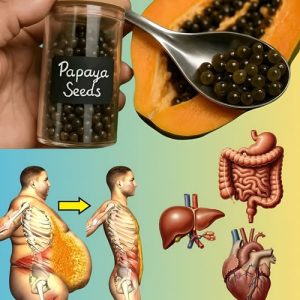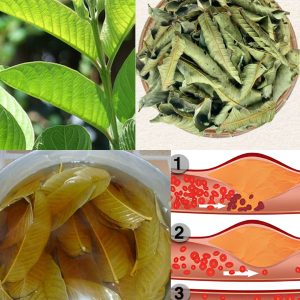
Looking for a new way to get your veggies in—without sacrificing taste or texture? These crispy zucchini meatballs are a fun, flavorful alternative to traditional meat-based recipes. Whether you’re cutting down on meat, going vegetarian, or just want something different, these little golden bites are worth a try.
They come together quickly, use everyday ingredients, and taste amazing whether paired with a dipping sauce, tossed in tomato sauce over pasta, or served as a snack.

Let’s walk through the recipe!
Ingredients You’ll Need
- 1 medium zucchini, grated
- 1 small carrot, grated
- 1 small potato, grated
- 2 eggs
- 100g grated cheese (cheddar or mozzarella works well)
- 1 clove garlic, grated
- ½ bunch of parsley, finely chopped
- Salt, black pepper, and red chili flakes (to taste)
- 4 tbsp rolled oats
- 2 tbsp flour (for rolling the balls)
- Neutral oil (for frying)
Step-by-Step Instructions
1. Prep the Zucchini:
Grate your zucchini and sprinkle it with a pinch of salt. Let it rest for 10 minutes. Then, squeeze out as much moisture as you can—this step helps keep your meatballs crispy, not soggy.
2. Combine the Ingredients:
In a mixing bowl, combine the drained zucchini with grated carrot, potato, garlic, cheese, parsley, and eggs. Mix thoroughly.

3. Add Seasoning:
Season your mixture with salt, black pepper, and red chili flakes for a bit of heat. Stir well to evenly distribute the flavor.

4. Mix in the Oats:
Add the oats and let the mixture sit for another 10 minutes. This gives the oats time to absorb moisture and helps bind the mixture.
5. Form the Balls:
Grease your hands lightly with oil and shape the mixture into small balls. Roll each one gently in flour for a light coating.


6. Pan-Fry Until Golden:
Heat oil in a frying pan over medium heat. Carefully fry the veggie balls for about 4 minutes per side or until golden and crispy on the outside.

Optional Upgrades
- Cheesy core: For a fun twist, tuck a small cube of mozzarella inside each ball before cooking.
- Herb it up: Add oregano, thyme, or basil for more depth of flavor.
- Bake instead: Want to skip frying? Bake them at 200°C (390°F) for 20–25 minutes, flipping halfway through.
Serving Ideas

Serve them warm as an appetizer, pair with marinara for dipping, or toss them into pasta for a wholesome veggie-packed meal. You can even tuck them into wraps or sandwiches for lunch on the go.
Pro Tip: These also freeze well! Just cool them completely after frying, then freeze in a single layer. Reheat in the oven or air fryer for an easy snack anytime.




